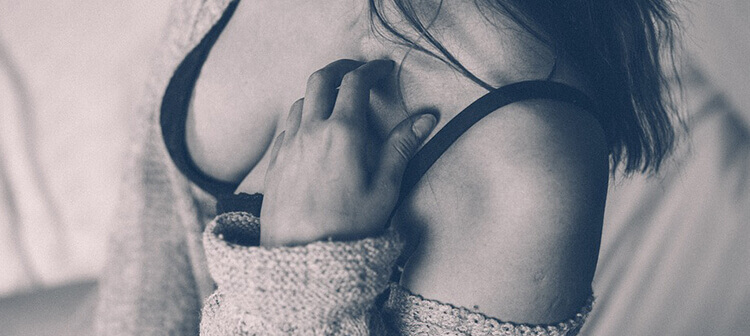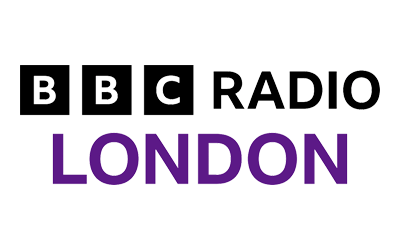Your breast implant integrity screening options:
- Mammogram: detection of implant ruptures can be very challenging with a mammogram
- Ultrasound: it may be possible to detect a rupture that ‘escapes’ the capsule that has formed around the implant, but an ultrasound is typically not sensitive enough to detect a rupture
- MRI: if an ultrasound or mammogram is not definitive, then magnetic resonance imaging, also known as an MRI, is recommended. Although a mammogram or ultrasound is typically the first steps, an MRI offers high spatial resolution and contrast between the soft tissues of the breast and the implant itself. In a July 2014 study published in the Plastic and Reconstructive Journal, MRI was found to be 94% accurate in detecting ruptured implants, compared to 72% for an ultrasound.
Since the modern-day breast augmentation with breast implants was first performed in 1962 it has consistently remained the most requested cosmetic surgery procedure from women of all ages. In fact, it is particularly popular with very young women who are dissatisfied with their breast development or women in their thirties and forties that have seen changes to breast volume.
Breast implant technology has been continually evolving over the last six decades and the quality and durability of breast implants are the best they have ever been, but these are still not lifetime devices and Mr Alex Karidis ensures that anyone who attends a breast augmentation consultation fully understands the implications. For younger women, an important consideration is that it is very likely that they will have to undergo further breast surgery at some point in the future.
Issues with breast implant integrity, whether that’s a rupture or capsular contracture, are very difficult to predict in the individual patient and vary between different implant brands, but approximately 10% of implants will rupture by ten years and the majority by 20 years.
If a saline implant is ruptured, the saline leaks out and is safely absorbed by the body; the patient will quickly become aware there’s been a rupture as the breast will appear suddenly deflated. However, rupture of a silicone implant – the most popular type of breast implant used in the UK – can be more difficult to detect by the patient.
The cohesive silicone gel filler leaks out more slowly of the silicone outer shell and signs that your implant has been compromised can include changes to breast shape or size over a period of a few weeks. This can be accompanied with increasing pain, firmness and swelling or other changes in sensation. Capsular contracture can also be the result of implant rupture. However, often the patient is unable to detect any change in her breasts. This is known as a ‘silent rupture’.
Diagnostic imaging such as mammograms, ultrasounds and magnetic resonance can evaluate the integrity of your implants, detect any other implant or capsule abnormalities and detect any other concerns unrelated to the breast implants. At Karidis Clinic, we recommend that patients undergo routine breast screening seven years after their initial surgery. After that, it should be repeated every 18 to 24 months ideally.
Can a mammogram detect a ruptured breast implant?
Yes, a mammogram can detect a ruptured breast implant. This can be particularly helpful if you don’t have any signs or symptoms.
If you’re concerned about your breast implant integrity, call 020 3811 5982 to arrange a consultation with Mr Alex Karidis.
















